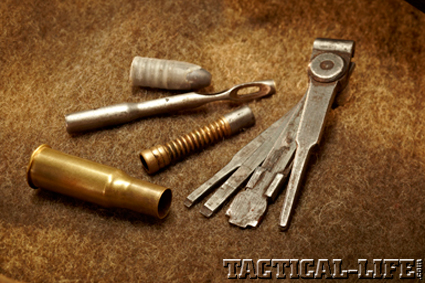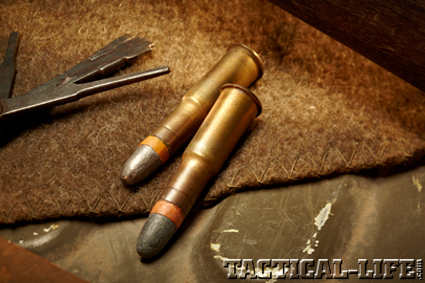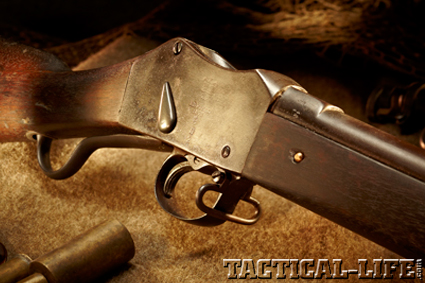At the very end of the 1964 film Zulu, which chronicled the events of the now infamous frontier outpost Rorke’s Drift, where approximately 150 British soldiers fended off an attack by some 2,000 Zulu warriors, Stanley Baker’s royal engineer character noted that the victory wasn’t merely a miracle, but a “short chamber Boxer Henry .45-caliber miracle.” While doubtful that the real Lieutenant John Chard ever made such a boastful statement, the fact remains that the cartridge and the weapon that fired it played a very decisive role in determining the outcome of the 1879 battle. It is also worth remembering that the same rifle was used the day prior at the Battle of Isandlwana, the worst defeat of a modern colonial power by an indigenous force. In that encounter, some 1,300 British, colonial and native contingent forces were killed. The British did manage to inflict some 3,000 casualties against the Zulu, including more than 1,000 killed. Given that the British had faced 20,000 foes on that late January afternoon, the rifle certainly did its part.
If the Colt Peacemaker can be credited as the firearm that tamed the American West, then the Martini-Henry is arguably the weapon that maintained order around the British Empire, from the African frontier, to India, and to the Far East. And the warriors of this empire “on which the sun never set” wielded the Martini-Henry during the second half of the 19th century.
Age Of The Breechloader
In many ways, the British conflict with the Zulu has become symbolized by the Martini-Henry as much as it is by the red jackets and tropical sun helmets of the European combatants. And today the rifle has become a favorite among collectors. The Martini-Henry is the embodiment of late black-powder and early contained-cartridge weapons, especially because it was used in numerous conflicts where the classic English line of defense was executed to such great effect. In this regard, the Martini-Henry existed during the transition period for the armies of Europe. After the Napoleonic Wars nearly two generations earlier, the age of the smoothbore musket truly came to its end. Over the course of the next 50 years, numerous developments, notably rifled barrels and breechloading operation, would soon transform modern warfare…
GET THIS ISSUE NOW! at www.tactical-life.com/subscribe/military-surplus/.
Advertisement — Continue Reading Below








































